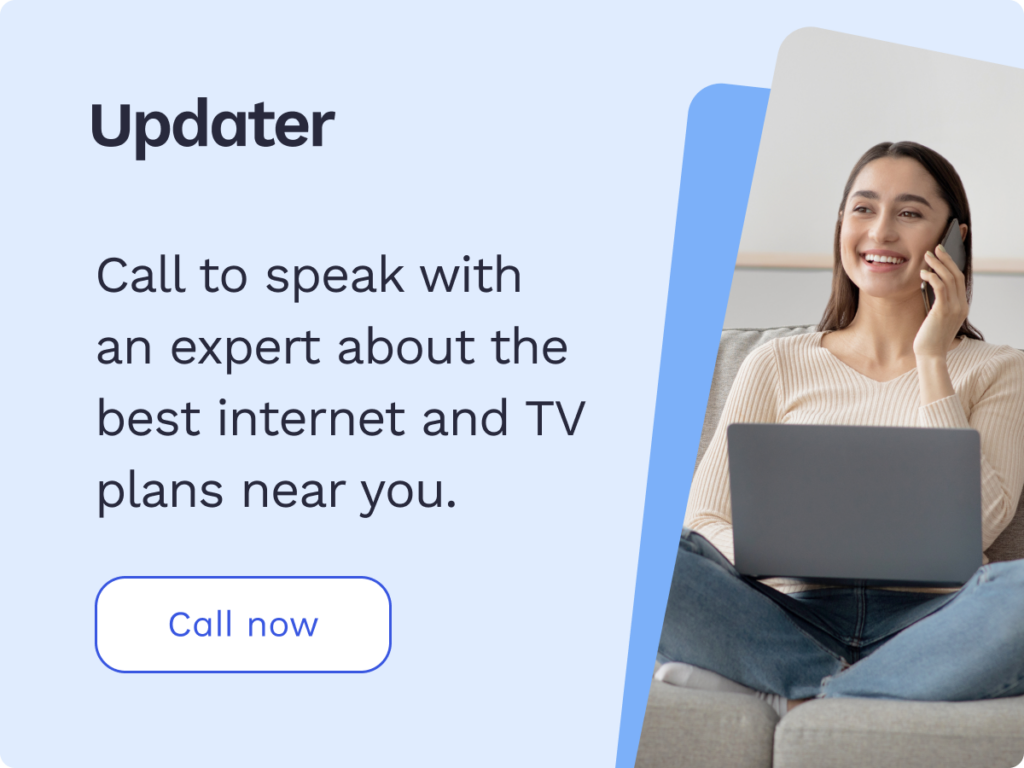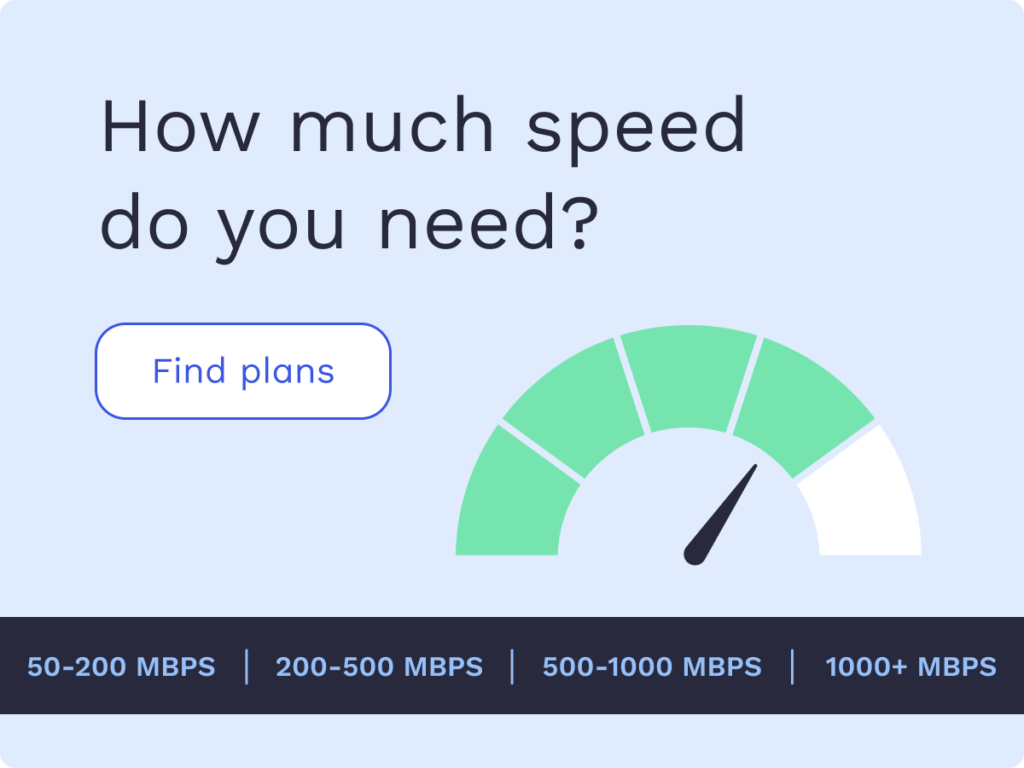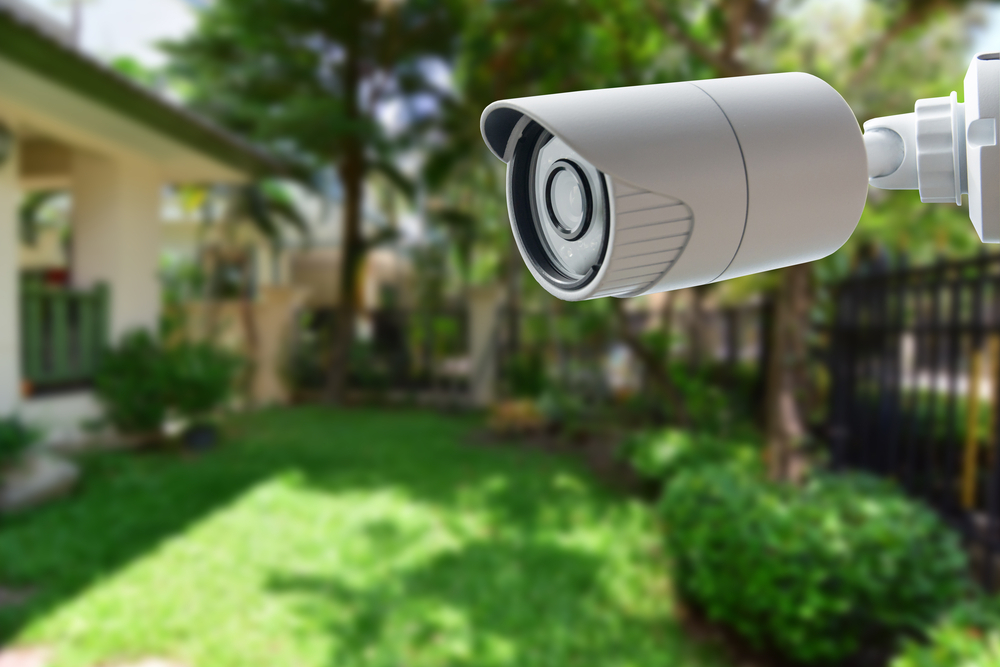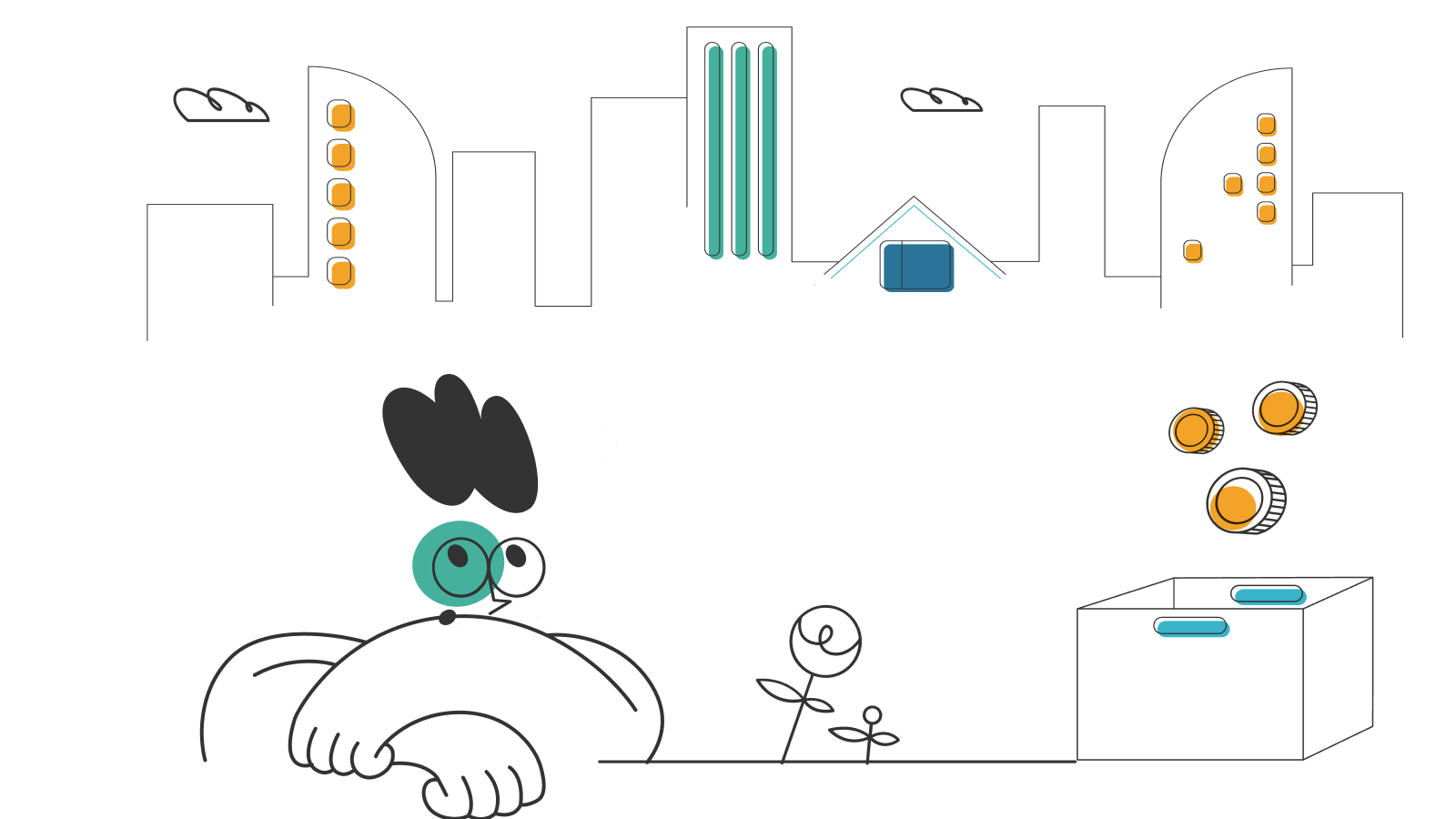A Guide to Low Income Internet Service

There’s no doubt that having a reliable internet connection is becoming more of a must than a luxury. This was true a few years ago, but the shift to online work and school has made internet access a necessity for many people. But internet service can be very expensive. In fact, in the US alone the average price per home was recently calculated at $64/month, which can be a very big expense for low or fixed-income households.
If you have a low or fixed income and are looking for ways to save on monthly internet expenses, the good news is there are multiple options available. We’ve taken a deep dive into all the programs available including government subsidies, internet service provider (ISP) options, the benefits of each program, and requirements to qualify. Equipped with this information, you can find a low-income internet option to suit your household’s needs.
Government programs
The government offers a few low-cost internet programs designed for low-income households.
Affordable Connectivity Program (ACP)
The ACP replaced the Emergency Broadband Benefit program on March 1st, 2022. The goal of the ACP is to help households stay connected for the sake of work, school, healthcare, and more. The ACP works in tandem with your ISP as long as the provider is approved to participate in the program.
Benefits
- Eligible households receive a $30 discount on their monthly bill (or up to $75/month for households on qualifying Tribal lands).
- Eligible households may receive of one-time benefit of up to $100 toward a desktop, laptop, or tablet as long as they pay more than $10, but less than $50 of the purchase price.
- When used in conjunction with low-cost internet plans offered by ISPs, your internet service may essentially be free.
Eligibility
There are several ways to qualify for ACP benefits:
- Household income must be 200% or more below the current Federal Poverty Guidelines.
- A household member must meet one of the following criteria:
- Participates in a government assistance program including the Supplemental Nutrition Assistance Program (SNAP), Medicaid, Federal Public Housing Assistance (FPHA), Supplemental Security Income (SSI), the Special Supplemental Nutrition Program for Women, Infants and Children (WIC), or Lifeline.
- Participates in a Tribal specific program including Bureau of Indian Affairs General Assistance, Tribal Temporary Assistance for Needy Families (Tribal TANF), or Food Distribution Program on Indian Reservations (FDPR).
- Participates in the National School Lunch Program (NSLP) or the School Breakfast Program (SBP)—including the US Department of Agriculture (USDA) Community Eligibility Provision.
- Has received a Federal Pell Grant during the current award year.
- Meets the eligibility criteria for participating providers existing low-income internet programs.
To apply, visit acpbenefit.org to submit an application or print out a mail-in application. Also note that in order to qualify, you must select a plan from an approved service provider.
ConnectHomeUSA
ConnectHomeUSA is a program for households receiving assistance through the Department of Housing and Urban Development (HUD). Non-profit EveryoneOn leads the ConnectHomeUSA program, with a goal of promoting literacy and education by providing access to free or low-cost broadband services. Since its inception in 2015, the program has provided more than 7,000 devices to families in need and helped more than 200,000 people get connected to the internet.
Benefits
- Home internet for $9.95/month for those who live in an area where ConnectHomeUSA is available.
- Access to refurbished devices:
- $150 tablets
- $199 laptops
Eligibility
To be eligible, you must live in one of the communities where the program is being hosted in HUD-approved housing. If you live in a supported community, you’ll need to speak with your HUD housing coordinator directly to apply for ConnectHomeUSA.
Lifeline
Lifeline is a federal program that provides discounts on internet (and home phone) service for qualifying households.
Benefits
Through Lifeline, you can receive a monthly discount on internet service of up to $9.25 per household or up to $34.25 for eligible households on qualifying Tribal lands.
Eligibility
To qualify for Lifeline you must meet certain income requirements (based on the state you live in), or someone in your household must participate in one of the following assistance programs:
- SNAP
- Medicaid
- SSI
- FPHA
- Veterans Pension and Survivors Benefit
Those living on Tribal lands seeking assistance should have at least one person in the household who qualifies for:
- Any of the federal assistance programs listed above
- Bureau of Indian Affairs General Assistance
- Head Start (only households meeting the income qualifying standard)
- Tribal TANF
- FDPR
If you’re unsure if you qualify, Lifeline has a questionnaire you can fill out to determine eligibility. You may be required to provide proof of participation in a qualifying program before being approved.
Low-income internet service plans
Many ISPs offer some form of a low-income internet plan. Some of the plans are separate from government plans, while others work in conjunction with government plans. Each ISP’s eligibility requirements and benefits vary, so we’ve outlined some plans from well-known providers.
AT&T
AT&T currently offers its Access internet service in 21 states. They offer a stand-alone plan for low-income homes and if you qualify for the ACP, AT&T is an approved partner.
Benefits
- Free installation
- No contracts
- No deposit required
- $30/month or less for up to 100Mbps, with packages varying based on where you live
Eligibility
To be eligible for the AT&T low-income plan you must meet one of the following criteria:
- Live within the service area of AT&T and be approved for the ACP.
- Have a household income 200% below the federal poverty guidelines.
- Have at least one member of your household who qualifies for one of the following programs:
- SNAP
- SSI (for California residents only)
- NSLP
Xfinity
Xfinity internet is available in 40 states within the US and offers its Internet Essentials plan to qualifying low-income households.
Benefits
- No activation fees or monthly equipment rental fees.
- Access to free internet training online, in print, or in-person.
- A free wireless gateway for your home.
- Access to Xfinity Wi-Fi hot spots.
- $9.95/month for up to 100Mbps.
Eligibility
To qualify for the Comcast Internet Essentials plan you must:
- Participate in a qualifying program including NSLP, Medicaid, SNAP, or SSI. This list is not all-inclusive, and other programs may work as well.
- Not be a current Xfinity customer and have not subscribed to be a customer in the last 90 days.
- Not have any outstanding debt with Comcast/Xfinity.
Xfinity may waive the last two conditions in certain circumstances, but you’ll need to contact them for more information. You may apply online and if approved, you can have home internet service five to seven days after approval.
Cox
Cox internet service is available in parts of 18 states and the company offers their Connect2Compete plan to eligible low-income families.
Benefits
- Free Wi-Fi modem
- Free installation by way of EasyConnect self-installation
- $9.95/month for up to 100Mbps
Eligibility
- Household must have at least one child in grades K-12 and qualify for one of the following government programs:
- NSLP
- SNAP
- TANF
- Tenant-Based Vouchers, Project-Based Vouchers, or Section 8 Project-Based Rental Assistance (PBRA)
In order to qualify for the Cox Connect2Compete plan, you must first check your eligibility online.
Mediacom
Mediacom internet service is currently available in 19 states and Mediacom’s Connect2Compete plan offers two different options depending on the amount of speed you’re looking for.
Benefits
- No contract and no deposit are required
- No installation fees
- No monthly equipment rental fees
- Wi-Fi modem included
- $9.95/month for 25Mbps or $30/month for speeds up to 100Mbps
Eligibility
To qualify for Mediacom’s Connect2Compete internet plan you must:
- Live in an area that Mediacom services.
- Have at least one child living in the household who is in grades K-12.
- Have at least one child who qualifies for the NSLP.
- Not be a current Mediacom customer or have applied to be one within 90 days.
- Not have any outstanding balance with Mediacom.
You may either apply online or call Mediacom directly to start the process.
Optimum
Optimum internet is offered in parts of five states including New York, New Jersey, Connecticut, Pennsylvania, and North Carolina. They offer their Optimum Advantage plan (previously called Altice Advantage Internet) to qualifying low-income households.
Benefits
- No contract
- Free installation
- No data caps
- Free Wi-Fi router
- $14.99/month for up to 50Mbps
Eligibility
To qualify for the Optimum Advantage internet plan you must meet one of the following criteria:
- Have at least one child in grades K-12 who qualifies for the National School Lunch Program.
- Live in New York City and have a child attending any New York City public school.
- Be 65 years old or older and are either eligible for or receiving SSI.
- Be a veteran who receives state or federal public assistance.
You may either apply online or call Optimum for more details.
SuddenLink
SuddenLink internet is currently available in parts of 17 states in the US. Though SuddenLink doesn’t offer a standalone low-income internet package, they are an approved provider with the ACP, so you can apply the $30 credit from ACP to any SuddenLink internet plan.
Benefits
- SuddenLink offers a 300Mbps plan starting at $44.99/month and a 500Mbps plan starting at $64.99/month. So if you are approved with the ACP, your internet will cost $14.99/month for 300Mbps or $34.99/month for 500Mbps. You may also need to pay a small monthly fee or taxes for each plan.
- You may provide your own SuddenLink compatible modem and save the $10/month equipment rental fee.
Eligibility
- Must live within an area serviced by SuddenLink.
- Must qualify for and be approved for the ACP and have the credit applied to your SuddenLink internet bill.
Verizon Fios
Verizon Fios internet services are currently available in New Jersey, Delaware, Rhode Island, and the District of Columbia as well as parts of New York, Maryland, Pennsylvania, and Virginia. Verizon Fios does not offer specific low-cost plans for low-income households, but they will discount your internet plan by up to $40/month if you apply and are approved for the Lifeline program.
Benefits
- Free set-up charge if you order your service online (a $99 savings).
- Three discounted plans options:
- 300Mbps: Starts at $39.99/month, potentially free with Fios Forward and ACP credit.
- 500Mbps: Starts at $64.99/month, potentially $24/month with Fios Forward and ACP credit.
- Gigabit: Starts at $89.99/month, potentially $49.99/month with Fios Forward and ACP credit.
Verizon often offers promotional benefits, such as free Disney+ for a limited time or valuable gift cards, as a sign-up incentive. So you may get an extra bonus if you sign up for Verizon Fios internet.
Eligibility
To qualify you must:
- Live within an area covered by Verizon Fios.
- Apply for the ACP and be approved.
- Place an order for the Verizon Fios plan that is right for you.
- Call Verizon within 90 days of ACP approval to receive the discounted plan and equipment.
To learn more about Verizon Fios internet options for low-income families you can read more online.
Frequently asked questions (FAQs)
If I’m approved for ACP benefits, will the government pay me directly each month?
No. If you are approved for ACP benefits, you must have internet service through an ACP-approved ISP. That ACP-approved ISP will apply the ACP monthly credit to your internet bill.
Will ACP or other low-income internet benefits expire after a certain amount of time?
For both government low-income internet programs and those provided by ISPs, there is no set expiration date for benefits. You will continue to be eligible as long as the program exists and your household meets one or more of the eligibility requirements to participate in the program.
Can my roommate and I both receive low-income internet benefits?
No. Low-income internet benefits are limited to one per household regardless of living arrangements or circumstances.
Can my benefits transfer if I move or switch ISPs?
If you are moving to an area that your current ISP covers, your benefits should transfer as long as you continue to meet eligibility requirements. If you are moving and have to switch ISPs, you will need to determine if the new ISP is an approved ACP partner or offers a low-income internet plan.
*Pricing varies by location and availability. Speeds may vary. All prices subject to change; for current pricing and availability visit our internet service page. Prices as of 3/30/22.
Disclosure | Updater articles are based on our own data and research, independent from partner relationships. We are not compensated by partners for information and opinions presented here. Our Editorial Terms of Service can be found here.














